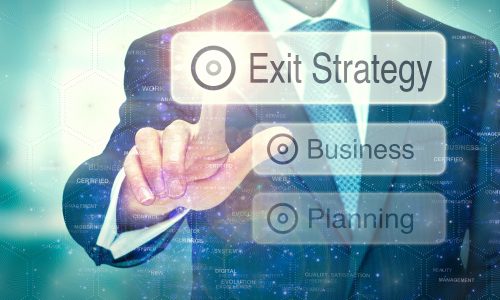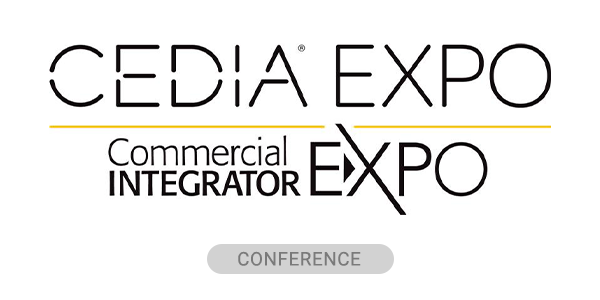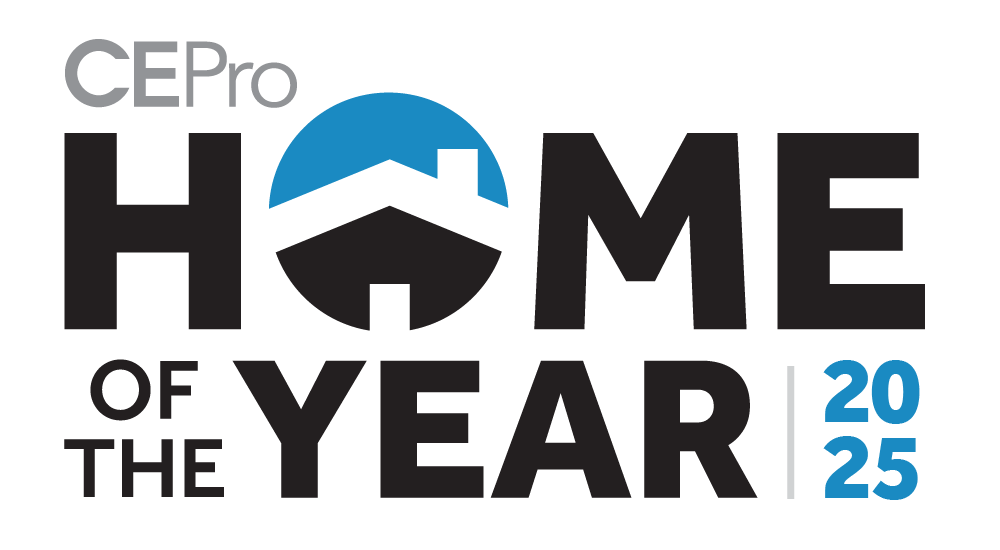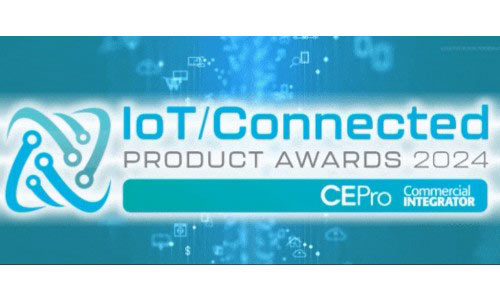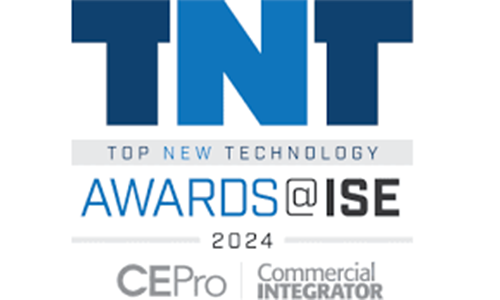As our industry ages ‒ and our company leaders age along with it ‒ the answer to a vexing question becomes increasingly relevant for business owners: What’s your exit strategy? Kudos if you can answer that question. Most business owners cannot, and many are facing a shorter and shorter runway for figuring a fruitful way out. Here’s the good news: you can use your company to help build your own annuity, in a way.
If you own a profitable CI business, and can work it another 7-10 years, there’s a tax-advantaged methodology for continuing to earn significant after-tax income for 20-30 years beyond that. We’re talking about building an annual income stream akin to your own annuity that can add up to 3X your company’s annual revenues. And your company continues to operate, securing your legacy.
Owners aged 55 and younger should be able to make this happen.
Sell It All at Once?
As participants in the sale or merger of 20+ industry businesses (including our own), we can testify to the pros and cons of selling your business. This doesn’t typically mean you get to exit the business the day the deal is closed (many sellers don’t want to). Nor does it mean you’ll be getting all your ‘annuity’ right away, as most deals take 2 to 5 years for all proceeds to find their way from buyer to seller.
But if you can find a qualified, strategic buyer (i.e., an investor or company with a strategic reason for buying your company), this is the best way, in the shortest time, to get the most money for your business while relieving you of all operating responsibilities.
Of course, you’ll be selling “your baby”. One day, you’re the boss. The next day, you’re not. Many business owners find this difficult to reconcile.
Or… Sell It Slowly?
Most business owners can reconcile turning the business over to a key employee or family member. All manner of concerns need to be addressed, of course, with the successor’s ability to pilot the company a foremost issue. Equally challenging is the question, “How is my son/daughter/key employee gonna buy me out?”
We can’t help you find the son/daughter/key employee, but our methodology will help you and the successor owner find the money to help fuel those ‘annuity’ payments. After all, it’s right there on your balance sheet.
The Beauty of Retained Earnings
Note: The following discussion applies to S-Corps, partnerships, and private owners. LLCs are similar, but C-Corps are not.
Presumably, your company has grown to make a regular and healthy profit, hopefully 10% or more. Because the company is a pass-thru entity, these profits are reported and taxed as income on the owner’s personal return. The company likely issues a shareholder’s draw to cover the tax liability on the company earnings, which is then paid to the taxing authorities.
What’s left over – the difference between the company’s operating profit and the disbursements made to the owner(s) – remains on the company books as Retained Earnings, and that’s where the annuity aspect kicks in.
Like any capital that owners have put into their companies, Retained Earnings can be withdrawn by the owner/shareholders at any time, with no additional taxes due. Imagine you accumulate enough to take a $100,000 or $250,00 or even $500,000 draw… and not have to pay any taxes on that money? Almost feels like it’s tax free!
Now, imagine you’ve got a multi-year plan for withdrawing these taxes-paid funds…
A plan that invests in an instrument that can provide non-taxed annual disbursements for 10-20 years after your retirement…
A plan that allows you to receive full value for your company, over time, without being subject to capital gains…
A plan that allows your successor/buyer to take over running your company, and earn the money, over time, that pays for your stock.
It’s an exit strategy plan that can lead to substantial annuity-like payments, on top of a secure future for your business. If you’re in your forties or fifties, the time is now to start creating one of your own.
After leaving Elan in 2013, Paul Starkey joined Steve Firszt’s Fast-Forward Business Coaching practice to form VITAL Mgmt, LLC. As VITAL, Paul & Steve focused on the implementation of a CI-centric business system and operating process that helped their clients consistently achieve double-digit operating profits. Under VITAL’s guidance, 14 of these companies were purchased & merged as Bravas, a $75M luxury residential integration company.
In 2021, Paul & Steve sold VITAL and now do business as StarkeyFirszt Advisors, helping CI business owners buy & sell companies. Their latest initiative, MAGNIFI, focuses on the exit strategy described in this article.
Contact info for Steve & Paul can be found at www.StarkeyFirszt.com.
